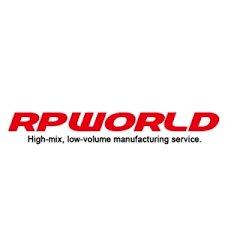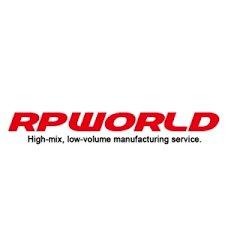Notifications

3 minutes, 42 seconds
-40 Views 0 Comments 0 Likes 0 Reviews

Injection molding is a highly efficient technique used to make complex components such as custom plastic molded parts for electronics. But if you don’t optimize the part design, production can be slow or costly. In this article we will discuss how you can optimize your part design to make injection molding fast and cost-effective.
The material matters a lot for every part. Choosing the right thermoplastic, such as ABS, PC or Nylon, should be based on your design and durability goals. A key part of the Understanding Injection Molding Process is knowing the shrinkage rate, flow properties, and strength of your material.
Uniform wall thickness in injection molding ensures smooth material flow and avoids warping or sink marks. Ideally, walls should be 1.5 mm to 3 mm thick. This is a major point in Injection Mold Design Best Practices.
Example: If a part's wall is 1 mm in one place and 5 mm in another place, the material will cool unevenly, and defects will be created.
Draft angles (1° to 3°) ensure that the part can be easily removed from the mold without scratches or damage. This improves mold life and part quality.
These small detailings can have a significant impact on the overall injection molding process.
Undercuts make production complex and expensive. Try to keep your design simple enough to not require side-action molds. If undercuts are necessary, consider using snap fits or inserts.
Use ribs to increase part strength, but their thickness should not exceed 60% of the wall thickness. Bosses (like screw points) should also be there for support, but with proper gussets so that stress does not build up.
All these tips are covered in Injection Mold Design Best Practices.
The gate location should be such that the material flows evenly, and weld lines are not in critical areas. Design flat surfaces for ejection where ejector pins can work efficiently without deforming the part.
Advanced CAD software and Design for Manufacturing (DFM) analysis tools tell you what improvements are needed in your design. This analysis helps you create the most suitable and efficient design for injection molding.
Conclusion
If you want an efficient injection molding process, it is very important to optimize the part design. By following the above tips, you will not only produce better quality Custom Plastic Molded Parts for Electronics, but will also save cost and time.
For professional guidance and support in Injection Mold Design Best Practices, visit RPWORLD Injection Molding Services.
Injection Mold Design Best Practices Industrial Injection Molding Applications Plastic Injection Molding for Electronics Liquid Silicone Rubber Molding Services Overmolding for Medical Devices Injection Mold Design Industrial Injection Molding Plastic Injection Molding Liquid Silicone Rubber Molding Overmolding and Insert Molding

